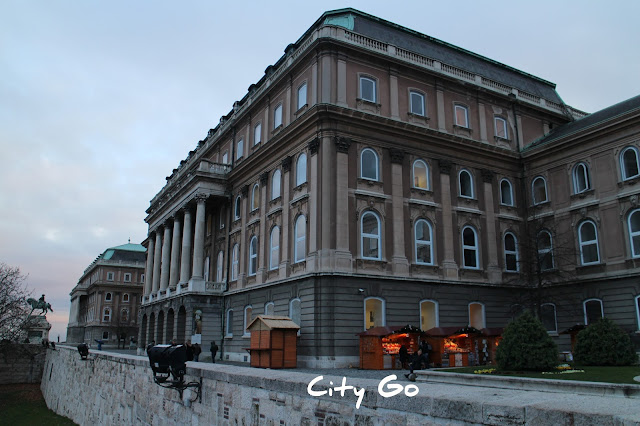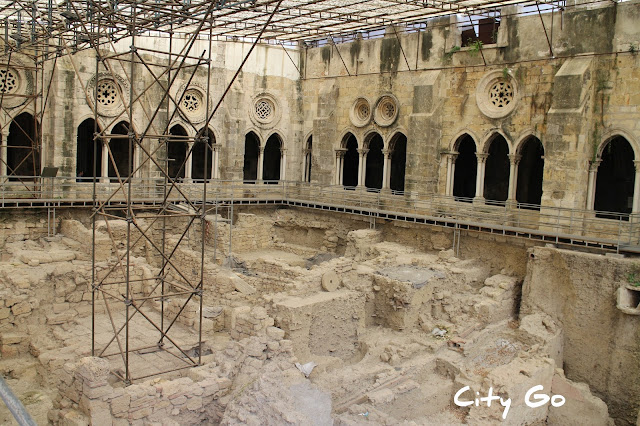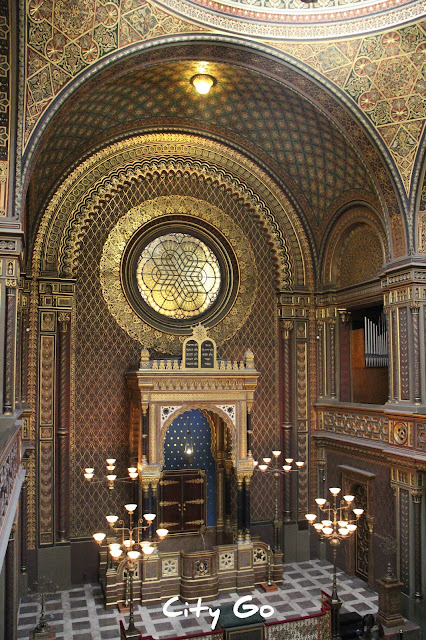Hungarian National Gallery, Budapest, Hungary

The Hungarian National Galery displays art from medieval times to present days but it's particularly strong in Hungarian Art Noveau. It includes the works of many 19th and 20th centuries Hungarian artists who worked in Paris and other locations in the West. It was created in 1957 and is located within the Royal Palace since 1975. Opening hours : Tuesday to Sunday 10 am - 5 pm Entrance fee : HUF 1800 (about €5.80, 2016) Back to Budapest




